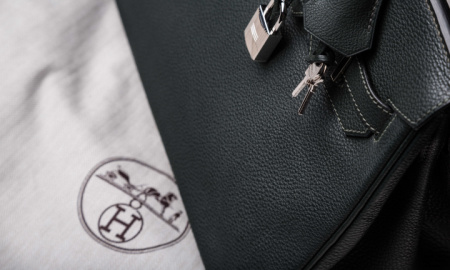Sign up for our free daily newsletter
YOUR PRIVACY - PLEASE READ CAREFULLY DATA PROTECTION STATEMENT
Below we explain how we will communicate with you. We set out how we use your data in our Privacy Policy.
Global City Media, and its associated brands will use the lawful basis of legitimate interests to use
the
contact details you have supplied to contact you regarding our publications, events, training,
reader
research, and other relevant information. We will always give you the option to opt out of our
marketing.
By clicking submit, you confirm that you understand and accept the Terms & Conditions and Privacy Policy
The International Trademark Association (INTA) has published two white papers about the metaverse and non-fungible tokens (NFTs), which call for harmonisation of the classification of trademarks in these emerging digital ecosystems.
As the number of national registering authorities report a surge in the number of trademark applications containing virtual reality-related terms, the white papers Trademarks in the Metaverse and Non-Fungible Tokens are timely.
They include specific recommendations to help brand practitioners keep pace in these fast changing times. The metaverse white paper notes that the current approach of the USPTO and EUIPO of establishing Classes 9, 35, 41, and 42 as the main Nice Classes to protect virtual goods/services should be taken into account when crafting filing strategies.
However, some stakeholders appear to be in favour of establishing a new Nice Class 46 for digital goods and services, while others have argued for virtual goods to be registered under the same classes as their non-virtual or physical good counterpart. The report notes: ‘These possible solutions, among others, should be studied by INTA committees to identify and establish the proper approach so that INTA can advocate on behalf of brand owners.’
The NFT report also recommends that INTA develop model legislation that can be adopted by countries to amend or adapt their existing frameworks to facilitate commercialisation of rights through NFTs.
It continues that in collaboration with the World Intellectual Property Office (WIPO), a global trademark dispute resolution policy, akin to the URS, which is used for domain name disputes, should be adopted for the emerging digital ecosystems of NFTs and the metaverse.
INTA CEO Etienne Sanz de Acedo said: “As a thought leader within the global IP community, it is incumbent upon INTA to develop resources such as these white papers. We are uniquely positioned to understand, speak to, and guide the conversation about issues which have raced far ahead of anything the legal world has addressed."
Both reports call for guidance for courts and tribunals with an emphasis on their ability to exercise flexibility when determining enforcement in the metaverse.
They recommend developing educational materials regarding ownership, licensing and assignment of trademarks across both physical and metaverse platforms and a recognition that NFTs and other intangible assets no longer fit into existing legal doctrines. especially in the case of fair use, artistic freedom, and the first sale doctrine, and a call for new legal frameworks to be developed to keep up with these fast-developing platforms and newly emerging digital ecosystems.
Both papers were co-written by more than 13 INTA committees and the trademark association says they are one of the first to examine these new technologies.
Earlier in April, the UK Intellectual Property Office (UK IPO) updated its guidance for trademark applications in respect of NFTs, virtual goods and the metaverse.
This comes as new analysis shows that the number of applications has increased five-fold over recent years, with around 2.5% of UK IPO trademark applications now including a virtual reality related term.
The UK IPO’s head of trademarks and designs examination, legal and practice division, Oliver Morris, said: “The process of applying for any trademark should always be as simple, efficient and user-friendly as possible. To help provide greater clarity for trademark applicants wishing to make an application that specifies these terms, we have updated our published guidance to assist customers in selecting the correct terms and classification when making their application to register a trademark.”
Sign up to receive GLP’s newsletter: IP News Roundup
Email your news and story ideas to: [email protected]










